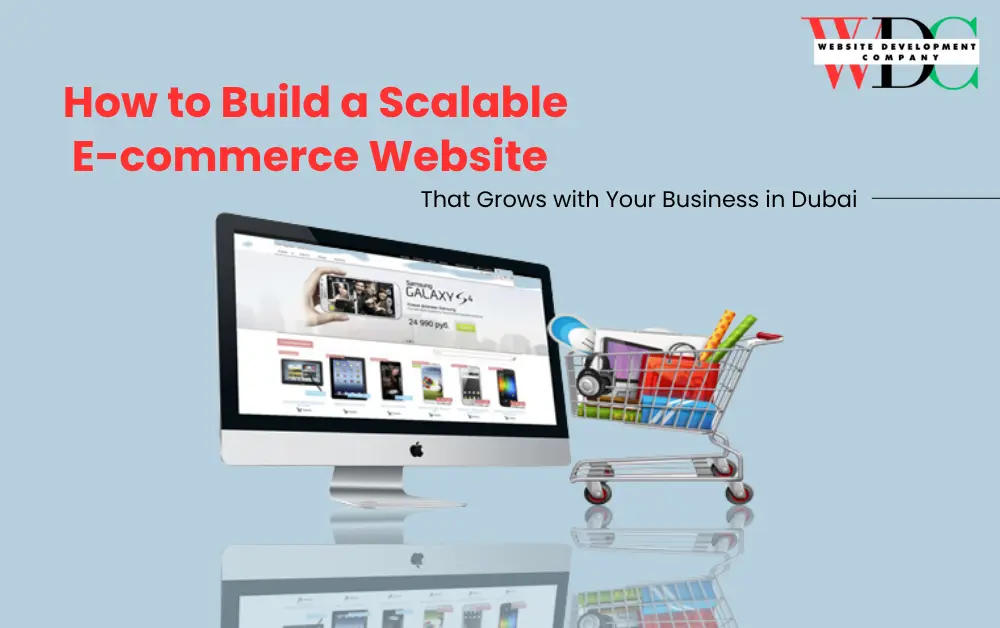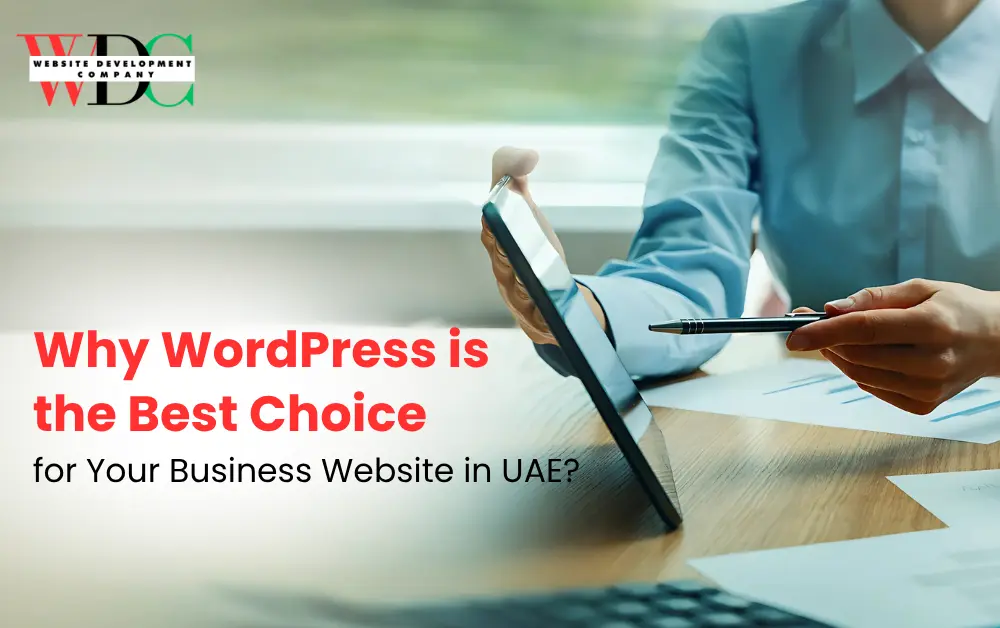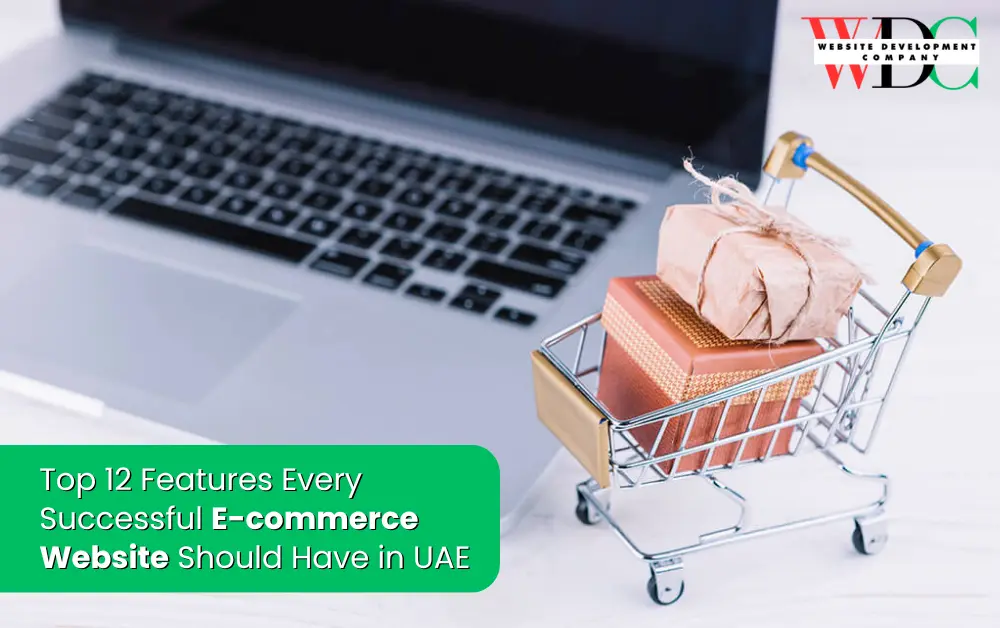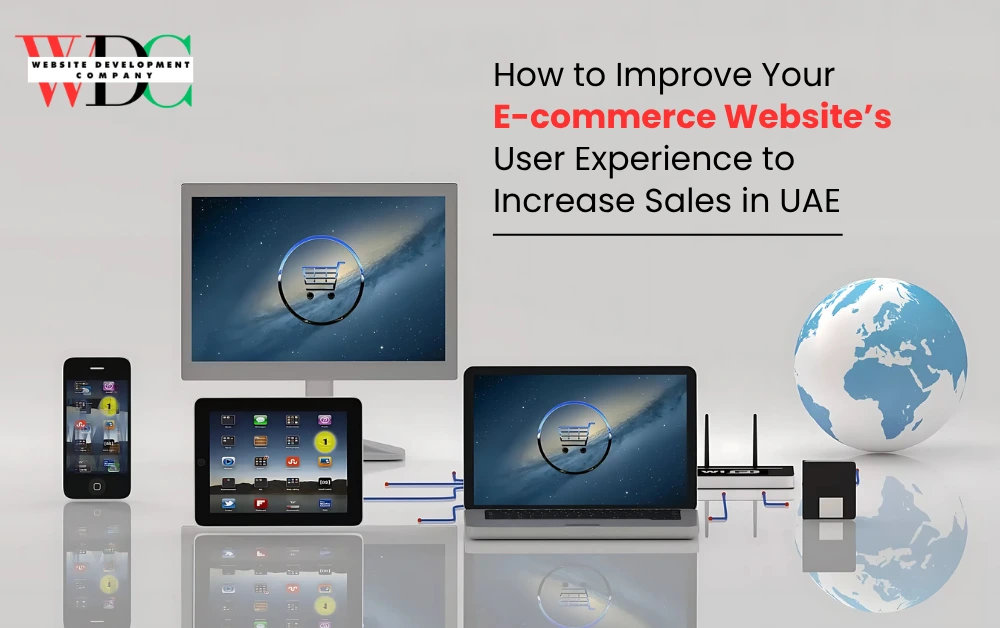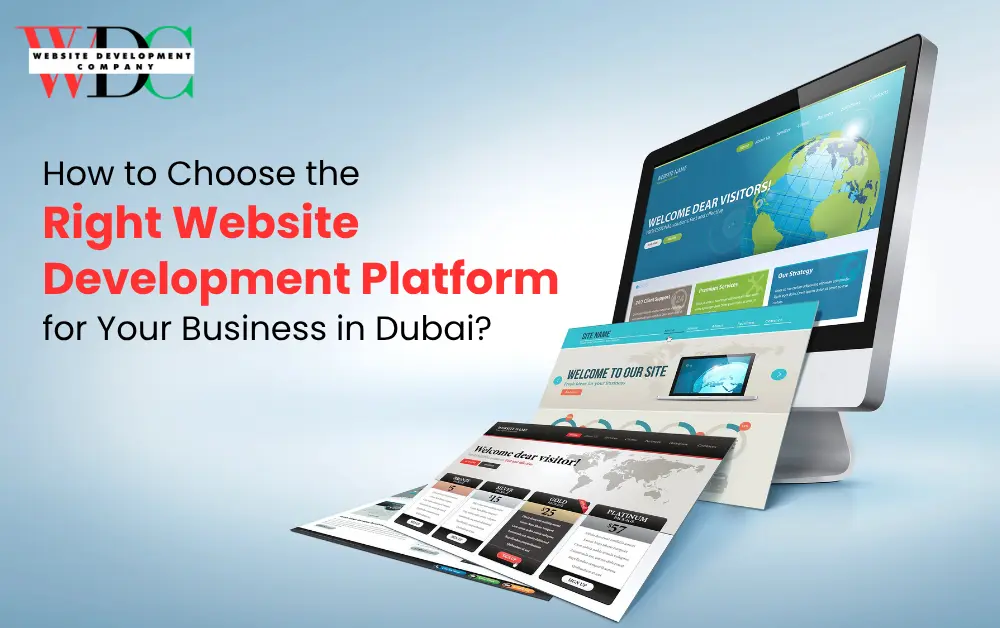Dubai’s thriving digital marketplace is attracting entrepreneurs and established brands alike. But in a city where consumer expectations are high and online competition is fierce, simply launching an e-commerce store isn’t enough—you need to plan for scalability. A scalable e-commerce website doesn’t just serve you today; it evolves with your business, handles growing traffic, expands product ranges, and supports advanced marketing tools without breaking or slowing down.
Whether you’re starting small or already seeing traction, building a future-ready online store from the beginning is critical. This is where partnering with an experienced ecommerce website design company Dubai can ensure your foundation is strong enough to support long-term growth.
Let’s break down the step-by-step guide to building a scalable e-commerce website that grows with your business in the fast-paced UAE market.
Choose a Scalable Platform from the Start
Your choice of platform will either empower your growth or restrict it. The wrong choice often leads to costly migrations later.
Recommended Platforms:
- Shopify – Great for ease of use, app integrations, and UAE payment support
- WooCommerce (WordPress) – Flexible, affordable, and ideal for content + commerce
- Magento (Adobe Commerce) – Best for large-scale businesses with complex needs
- BigCommerce – Built for high-volume growth with built-in scalability
Make sure your platform supports:
- Unlimited products and categories
- Custom API integration
- Responsive themes
- Multi-store capabilities (if needed later)
Use a Modular Website Structure
A scalable e-commerce site is built in modules, so features can be added or upgraded without requiring a complete system overhaul.
Modular design allows:
- Adding new payment methods or delivery zones easily
- Installing apps or plugins for marketing, CRM, or inventory
- Updating layouts or features with minimal disruption
Start simple but choose tools that allow expansion—like a plugin-based CMS or theme builder.
Invest in High-Performance Hosting
Shared hosting might work initially, but as your business grows, it can negatively impact your site’s performance and affect the user experience.
For scalability, choose:
- Cloud hosting (like AWS, DigitalOcean, or Cloudways)
- CDN support (Content Delivery Network)
- Automatic scaling (resources increase during traffic spikes)
- Local server location or UAE-based hosting for faster speed
Your hosting should be able to handle high traffic during sales, campaigns, or peak seasons.
Design with UX and Mobile Growth in Mind
A scalable e-commerce site isn’t just technically strong—it’s also user-focused. The easier it is for customers to browse and buy, the faster your business grows.
Mobile-first and scalable design includes:
- Clean navigation and intuitive menus
- Responsive layout that works across all screen sizes
- One-click checkout options
- Live search with auto-suggestions
- “Save for Later” and wishlist features
Remember, a positive user experience leads to more retention and repeat purchases.
Enable Secure and Flexible Payment Options
A growing store means diverse customers—and they’ll expect their preferred local and global payment methods.
Must-have options for Dubai e-commerce:
- Visa/Mastercard
- Apple Pay
- PayPal
- Tabby or Tamara (Buy Now Pay Later)
- COD (Cash on Delivery)
Ensure your gateway is PCI-DSS compliant, integrates easily with your platform, and scales with your transaction volume.
Plan Inventory and Order Management for Scale
As your orders increase, manual processes won’t cut it. Scalable systems need real-time inventory sync, intelligent alerts, and automation.
Features to include:
- Centralized dashboard for inventory tracking
- Automatic low-stock notifications
- Integration with POS or ERP systems
- Bulk import/export product features
Use tools that grow with you—whether you’re selling 10 or 10,000 products.
Build for Multi-language and Multi-currency Expansion
Dubai is a multicultural market, and growth often includes serving diverse customer segments—both locally and internationally.
Make sure your website can:
- Offer content in both Arabic and English
- Display prices in AED and other currencies
- Automatically detect user location for shipping/payment adjustments
- Comply with VAT and tax regulations in different regions
Planning for localization early helps you scale faster across markets.
Set Up Scalable Marketing and Analytics Tools
To grow, you need to attract, convert, and retain more customers over time. Your website should integrate easily with modern marketing tools.
Key scalable marketing features:
- SEO-optimized pages with customizable meta tags
- Blog section for content marketing
- Google Analytics or GA4 tracking
- Facebook Pixel and conversion API
- Email marketing integrations (like Klaviyo or Mailchimp)
- Retargeting-ready product feeds
Build in systems that let you test, measure, and grow—without rebuilding everything.
Automate What You Can
Manual tasks eat up time and limit scalability. The more you can automate order updates, emails, and reporting, the more time you’ll have for strategic growth.
Automations to set up:
- Order confirmation, shipping, and follow-up emails
- Abandoned cart recovery campaigns
- Customer review requests post-purchase
- Loyalty program integrations
Tools like Zapier or built-in automation in platforms like Shopify can scale your operations without extra headcount.
Also read:- How to Find Affordable E-Commerce Web Design Services Without Compromising Quality
Ensure Strong Security and Data Protection
As your customer base grows, so does your responsibility to protect their information. Scalable websites need robust security systems.
Non-negotiables:
- SSL certificate (HTTPS)
- Secure login and admin panel access
- GDPR and UAE data law compliance
- Regular backups and monitoring
- Firewall and malware protection
A single breach can destroy hard-earned trust—build security from the beginning.
Optimize for Speed and Performance
Slow websites lose customers. As you add more products, plugins, and traffic, your speed shouldn’t suffer.
Performance best practices:
- Compress and lazy-load images
- Minify CSS/JS files
- Use a fast-loading theme or template
- Run speed tests regularly (Google PageSpeed, GTMetrix)
A fast website is key to keeping users engaged and improving search engine rankings.
Test, Monitor, and Improve Continuously
Scalability is not just about features—it’s about the ability to adapt based on data. Build your site with tools that help you make smart decisions.
Use:
- Heatmaps to track user behavior
- A/B testing tools for layouts and CTAs
- Conversion tracking to measure ROI
- Customer feedback tools for improvements
Growth comes from consistently listening, learning, and adjusting.
Final Thoughts
Building a scalable e-commerce website isn’t just about growth—it’s about growing smart. By choosing the right platform, prioritizing user experience, and setting up systems that adapt over time, you can create a store that doesn’t just handle more traffic—it thrives on it.
Whether you’re selling fashion, electronics, handmade crafts, or digital services in Dubai, scalability starts with planning today for the goals you’ll reach tomorrow.
Frequently Asked Questions
-
How often should I update or scale my e-commerce features?
Review your site quarterly or after significant traffic spikes, marketing campaigns, or product launches.
-
Do I need a developer to scale my site?
Many platforms offer scalable tools, but a developer helps with custom solutions and performance optimization.
-
Can I scale my website later if I start small?
Yes, but it’s easier and cheaper to plan for scalability from the beginning using the right platform and hosting.
-
What makes a website scalable?
A scalable website can handle more traffic, products, and features without performance issues or major redesigns.
-
What if I want to sell in multiple countries later?
Choose a platform that supports multi-currency, multi-language, and international shipping from the Start.

